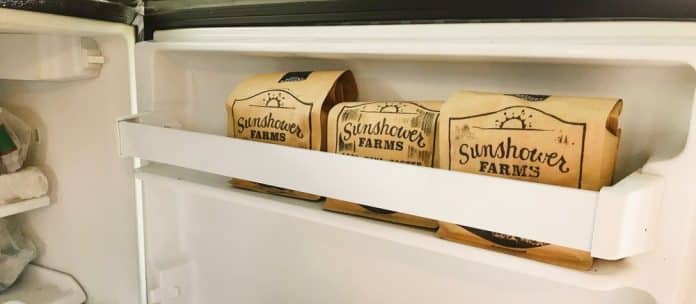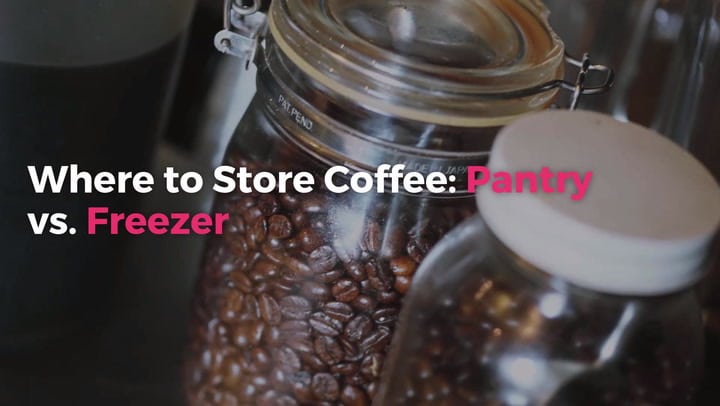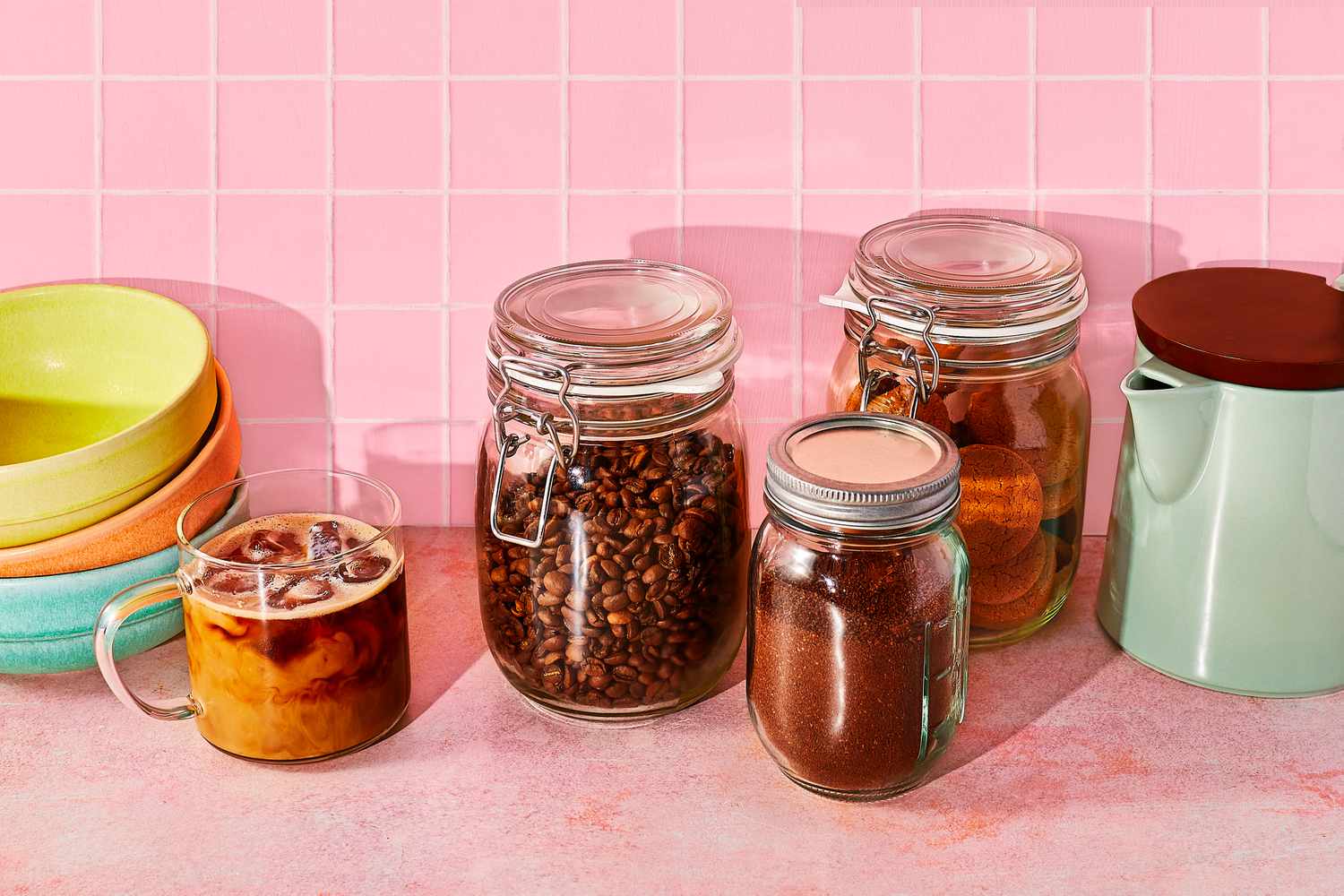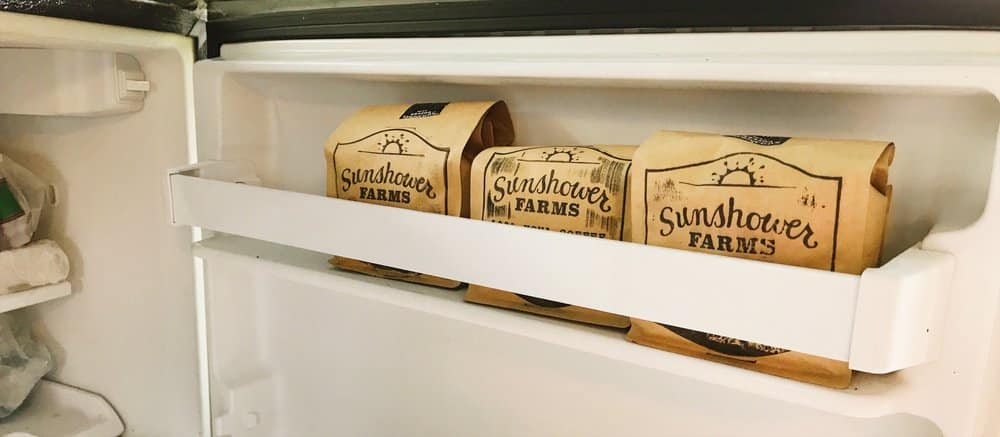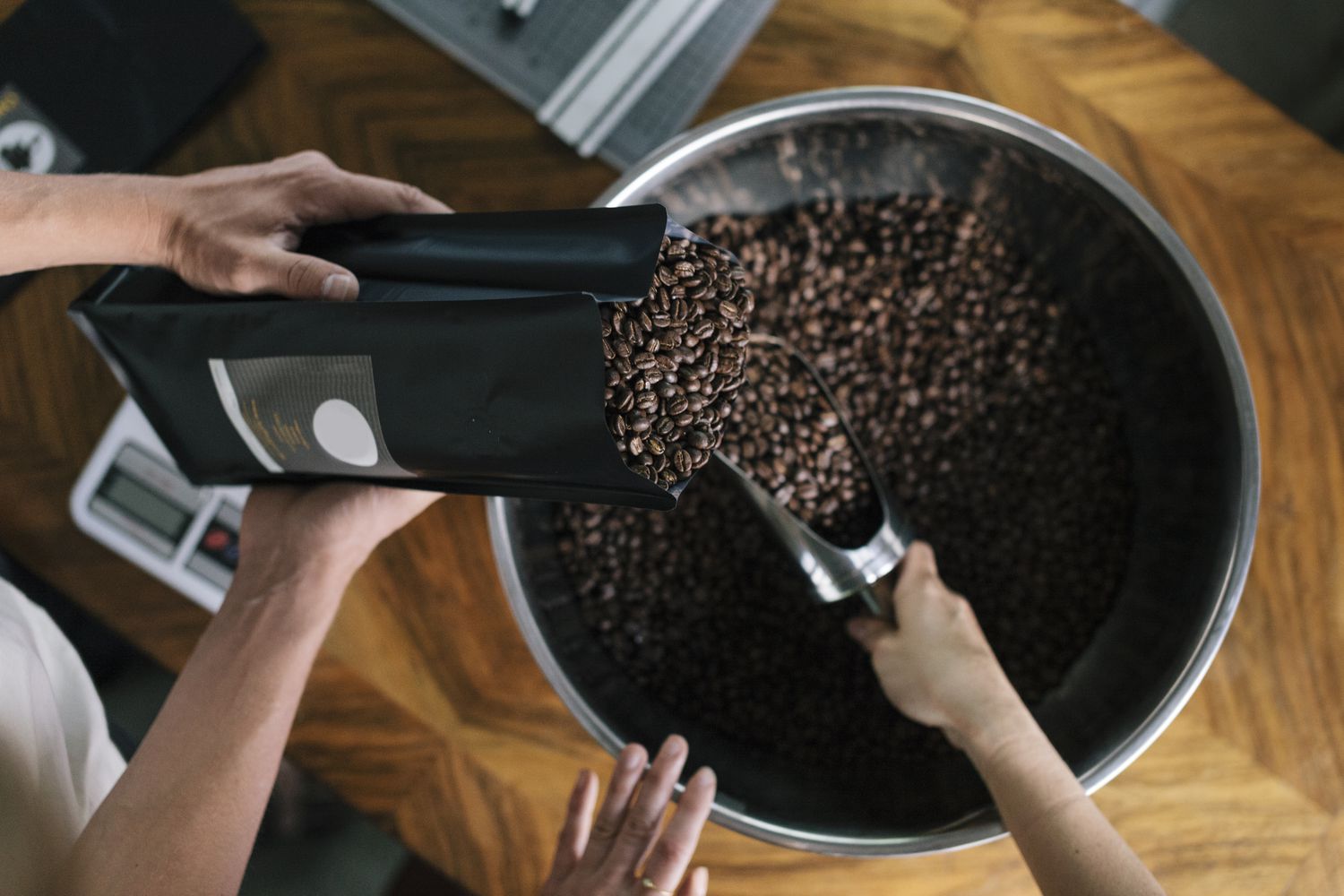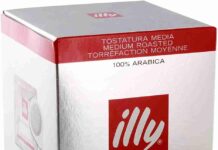Ah, the eternal debate of coffee connoisseurs everywhere – should we stash our precious coffee beans in the icy depths of the freezer, or is it a death sentence for flavor? Coffee lovers have long debated the merits of freezing their beans, with passionate arguments on each side. Today, we embark on a caffeinated journey to unravel the truth behind this age-old question. Let’s explore the science, dispel the myths, and discover whether keeping coffee in the freezer truly keeps it fresh or leaves it chilling in disappointment.
Introduction to coffee storage methods
As coffee enthusiasts, we all want to keep our beans as fresh as possible to preserve their flavors and aromas. One important aspect of achieving this is proper coffee storage. There are several storage methods available, each with its own advantages and disadvantages. In this article, we will explore the popular method of freezing coffee and its impact on freshness.
Understanding the role of temperature
Temperature plays a crucial role in maintaining the freshness of coffee. It affects the rate at which coffee beans degas and deteriorate, ultimately impacting the flavor of the brew. Ideally, coffee should be stored in a cool and dry place to slow down these processes. Freezing coffee takes advantage of low temperatures to prolong its shelf life.
This image is property of cdn.jwplayer.com.
Advantages of freezing coffee
Freezing coffee offers several advantages when it comes to preserving its quality. One major benefit is the preservation of coffee oils and flavors. By freezing the beans, the volatile compounds responsible for the unique taste and aroma of coffee are retained for a longer period. This ensures that your cup of joe will be as flavorful as possible, even months after the beans were roasted.
Another advantage of freezing coffee is the extended shelf life it provides. When stored in the freezer, coffee can last for up to several months without significant degradation in quality. This is particularly useful for those who purchase coffee in bulk or want to enjoy their beans over an extended period.
Freezing coffee also acts as a protective measure against flavor degradation. Exposure to oxygen, light, and heat can cause coffee to go stale quickly. By freezing it, you can limit these factors and maintain the freshness of the beans for a longer time.
Disadvantages of freezing coffee
Despite its benefits, freezing coffee does have a few drawbacks that you should consider. One potential disadvantage is the loss of aroma. Freezing coffee can cause aromatic compounds to dissipate, resulting in a less fragrant cup of coffee. However, this loss is often minimal and may go unnoticed by casual coffee drinkers.
Another concern when freezing coffee is the formation of condensation. The freeze-thaw cycle can lead to moisture collecting on the beans, potentially affecting their flavor. To minimize this risk, it is essential to use proper packaging techniques and ensure airtight storage.
Lastly, freezer burn is a risk when freezing coffee. Freezer burn occurs when moisture evaporates from the beans, causing them to become dehydrated. This can result in off-flavors and a less enjoyable coffee experience. However, with proper storage methods, such as using airtight containers, the likelihood of freezer burn can be significantly reduced.
This image is property of www.realsimple.com.
The impact of moisture on coffee
Moisture is one of the major enemies of coffee freshness. It accelerates the deterioration process and can lead to mold or mildew growth. When exposed to moisture, coffee beans can lose their flavor and become stale more quickly.
Proper packaging plays a pivotal role in protecting coffee from moisture. Airtight containers or bags with a one-way valve that allows carbon dioxide to escape while preventing oxygen and moisture from entering are recommended for storing coffee, whether frozen or not.
How freezing affects coffee quality
Freezing coffee can result in changes in its flavors and overall quality. The low temperatures can cause the oils in the beans to solidify, potentially altering the taste. However, these changes are often minimal and may not be noticeable to all coffee drinkers.
The freezing process also affects the structure of coffee beans. As water molecules in the beans freeze and expand, it can cause microscopic damage to the cell walls. This damage may impact the extraction process during brewing, leading to differences in flavor and extraction efficiency. However, these effects are generally minor and might only be discernible to experienced coffee connoisseurs.
This image is property of images.squarespace-cdn.com.
Recommended storage containers for frozen coffee
Choosing the right containers for frozen coffee is crucial in maintaining its freshness. Airtight containers or bags with a strong seal are highly recommended. These prevent moisture, air, and odors from entering the packaging, ensuring the coffee remains at its best quality. Vacuum-sealed bags are also a suitable option as they remove the air from the packaging, further protecting the beans from oxidation.
It is essential to avoid using containers that allow excess air inside, such as glass jars or paper bags. Air exposure can lead to the deterioration of the coffee’s flavors, reducing its overall quality.
Proper techniques for freezing coffee
To ensure optimal results when freezing coffee, it is important to follow a few simple techniques. Before freezing, make sure the coffee is properly prepared. Grind the beans if necessary and ensure they are in their freshest state before packaging.
For convenience and ease of use, consider portioning the coffee into smaller quantities before freezing. This way, you can thaw only what you need, reducing the risk of repeated freeze-thaw cycles that can impact the quality of the beans.
Air removal techniques, such as squeezing out excess air or using vacuum-sealed bags, help maintain the freshness of the coffee during freezing. By minimizing the presence of air, the risk of oxidation and flavor degradation is significantly reduced.
Labeling and organizing frozen coffee is also essential for easy identification. Include the roast date and type of coffee on the packaging to ensure you know exactly what you’re using when it’s time to brew.
This image is property of planetroasters.com.
Thawing frozen coffee
When it comes time to use your frozen coffee, proper thawing techniques are crucial. It is best to slowly thaw the coffee in the refrigerator to avoid sudden temperature changes that can affect the flavor. Removing the coffee from the freezer and allowing it to reach room temperature naturally before brewing is also an option.
Avoid thawing coffee by microwaving or using hot water, as this can result in uneven thawing and potential flavor loss. Slow and gentle thawing is key to preserving the quality of the beans.
Alternative methods for coffee storage
While freezing coffee is a popular method, it may not be suitable for everyone. Refrigeration can be an alternative if you intend to consume the coffee quickly. However, it is important to note that refrigeration may result in flavor changes and should not be used for long-term storage.
Room temperature storage is another option, especially for those who go through their coffee quickly. Properly sealed containers in a cool and dry place can help maintain coffee freshness for a short period. However, it is crucial to ensure that the coffee is protected from moisture, light, and excessive heat to minimize flavor degradation.
Vacuum sealing coffee is also a viable option for those who want to preserve freshness without freezing. By removing air from the packaging, oxygen exposure is minimized, helping to extend the shelf life of the coffee.
In conclusion, while freezing coffee can help maintain its freshness and quality, it is important to consider the advantages and disadvantages of this storage method. Proper packaging, organization, and thawing techniques are crucial to minimize any potential negative effects. Alternative methods, such as refrigeration or room temperature storage, may also be suitable depending on individual preferences. Ultimately, the goal is to enjoy a delicious cup of coffee that blooms with flavors and aromas, and the choice of storage method plays a significant role in achieving that.
This image is property of www.thespruceeats.com.


